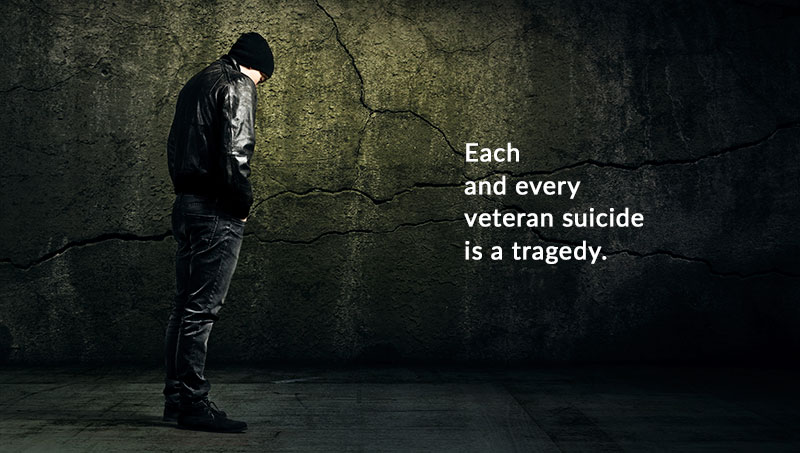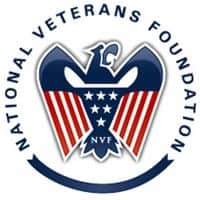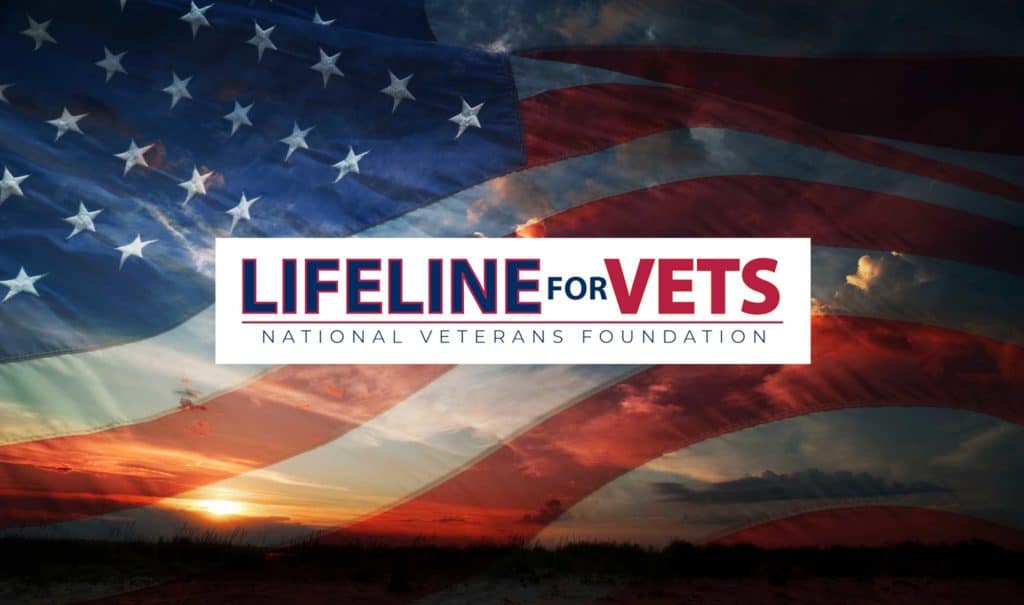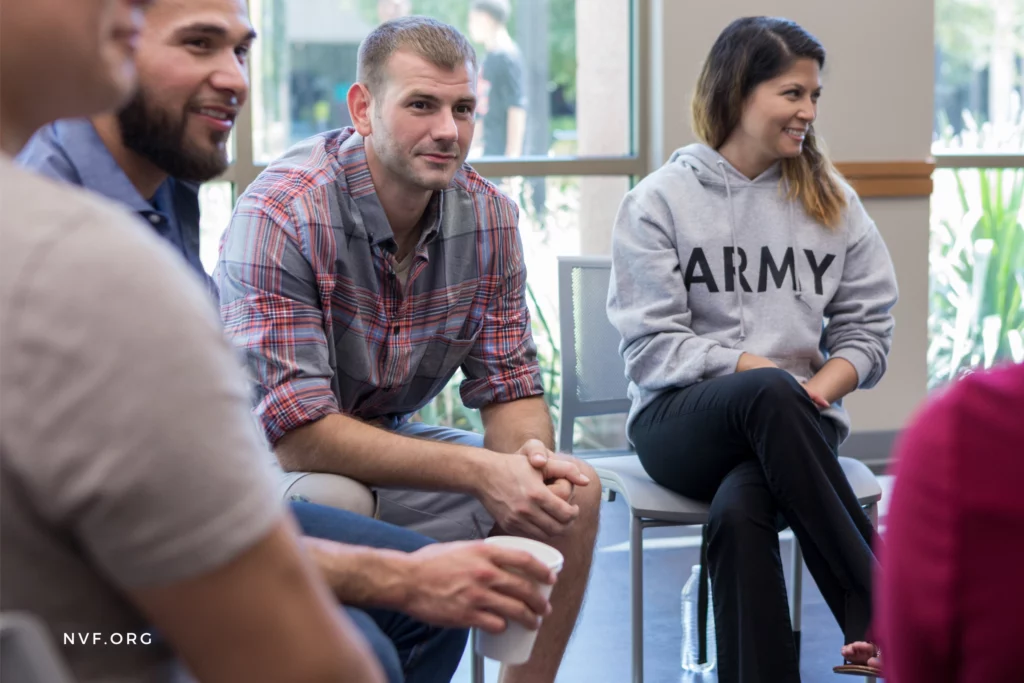Long-term Effects: The tragedy of veteran suicide in the United States
The veteran suicide problem is tragic. It effects families, friends, and communities.
There is an oft-quoted article by CNN that claimed 22 veteran suicides occur every day. Since the article came out in 2013, the claim has been either bolstered or attacked many times. Because of the haphazard way that deaths are reported in the United States, it is difficult to pin down the exact number of veteran suicides that occur.
What is known, however, is that the suicide rate of veterans (combat and non-combat, alike) is more than twice that of the civilian population. According to the VA, the veteran suicide rate is 30 per 100,000 people per year. The civilian rate is 14 per 100,000 people per year.
Lies, damn lies and statistics
The numbers and rates in both of the original reports are not a full accounting of the problem. The VA only records information about veteran suicides when the person is a patient of the VA and less than 25 percent of men and women veterans get their care through the VA.
UPDATE November 2019: 9 million Veterans are enrolled in the VA health care program.
26 percent of male veterans and approximately 15 percent of female veterans use the VA. Suicides by anyone outside of the VA system may or may not be counted in the rate depending on whether their military service is known or thought to be a factor in the suicide.
These numbers make it clear, whether the suicide rate is higher or lower than 22 per day, that there is a problem with veteran suicides in our society. With a rate that is twice as high as the civilian rate, the scope of the problem is clear. Veteran suicide is a problem that currently has no ready solution.
Female veteran suicide rate is higher than male
Although male veteran suicides account for the vast majority of veteran suicides, the rate that female veterans commit suicide is nearly six times the rate that civilian women commit suicide. Civilian men have a suicide rate that is approximately four times higher than civilian women. The suicide rate for female veterans is nearly identical with their male counterparts.
Although the reasons behind the staggering number of female veteran suicides is not known, factors such as Post-traumatic Stress Disorder (PTSD) and Military Sexual Trauma (MST) appear to take a higher toll on women warriors than on men.
Even though the impact of MST is not completely understood, 53 percent of homeless women veterans report that they experienced it.
From our article about homeless women veterans. Read more here.
Lost in the shuffle
One of the major reasons that hard data is hard to come by in this field is because the reporting of suicide is different for each state. Suicide is still stigmatized in many parts of the country, no matter the reasons behind it. By attempting to keep unknown or unreported mental health issues under wraps, families and medical practitioners mislabel suicides or don’t report causes or related issues.
The homeless are also undercounted because of the lack of documentation of military service and mental health issues. Mental health issues are ignored or not known and the cost of researching military status can be prohibitive for police and coroner departments that are already severely underfunded and understaffed.
Is there a solution?
Each and every veteran suicide is a tragedy, but fixing the problem is not just about understanding the numbers. Until more comprehensive mental health care for veterans becomes a reality, the veterans who suffer from PTSD and MST will continue to commit suicide at rates that are much higher than their civilian counterparts.

The VA takes this problem seriously, but they can only work with the veterans who seek their services and they are not perfect, of course. Suicides among veterans will continue until the roots of the problems that are specific to them have been pulled up and are no longer a factor.
The National Veterans Foundation is working diligently to provide a solution to the veteran suicide problem. The Lifeline for Vets has been in operation since 1985 and is staffed by trained fellow veterans. Call the hotline at 888.777.4443 or contact us online for help.
Please help the NVF continue the fight against veteran suicide.
Sources:
CNN: Why suicide rate among veterans may be more than 22 a day, by Moni Basu (https://www.cnn.com/2013/09/21/us/22-veteran-suicides-a-day/)
Task & Purpose: The Truth About 22 Veteran Suicides A Day, by Stacy Bare (https://taskandpurpose.com/truth-22-veteran-suicides-day/
Veterans Administration: Suicide Rates in VHA Patients through 2011…, by Janet E. Kemp RN PhD (https://www.mentalhealth.va.gov/docs/suicide_data_report_update_january_2014.pdf)
LA Times: Suicide rate of female military veterans is called ‘staggering’, by Alan Zarembo (https://www.latimes.com/nation/la-na-female-veteran-suicide-20150608-story.html)
You can be a part of our mission to help Veterans by making a tax-deductible donation!
About the Author
SUBSCRIBE TO OUR BLOG AND NEWS!
By submitting this form, you are granting: NATIONAL VETERANS FOUNDATION INC permission to email you. You may unsubscribe via the link found at the bottom of every email. (See our Email Privacy Policy for details.)
Related Posts




